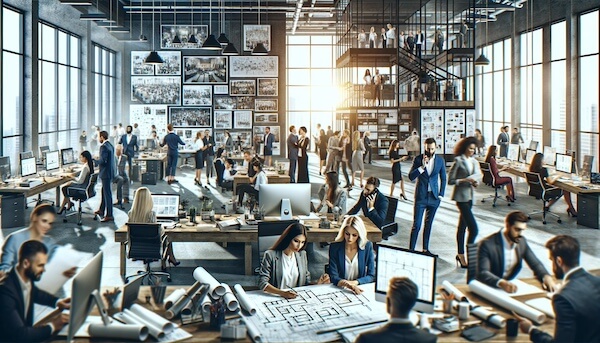Highlighting the Impact of Lighting Methods on the Craft of Video Projection Mapping Techniques
Highlighting the Impact of Lighting Methods on the Craft of Video Projection Mapping Techniques
Blog Article
Motion mapping projection is an exciting creative form that combines technology and creativity to convert ordinary surfaces into extraordinary sight exhibits. This technique involves casting images and footage onto 3D elements, such as buildings, artworks, or stages. One of the key significant factors in creating effective projection in the use of effective illumination methods. Proper lighting enhances the aesthetic elements of the projection and guarantees that the images are clear and captivating. This article examines the impact of lighting methods on video mapping and how they can elevate the overall experience.
Lighting plays a vital role in video projection because it establishes the mood and feel of the exhibit. Different illumination techniques can evoke various feelings and reactions from the audience. For instance, using gentle, cozy lights can create a inviting atmosphere, while bright, cool lights may create a more energetic or dramatic effect. By carefully choosing illumination colors and brightness, creators can manipulate how audience perceive the projected images, leading to a more engaging experience. The balance between projection brightness and surrounding light is crucial, as it can greatly impact the clarity and impact of the images.
In addition, color and intensity, the direction of illumination right here also influences the efficacy of projection. Lighting from different angles can about this create contrast and accents that introduce dimension to the projected visuals. This method, known as chiaroscuro, can enhance the 3D quality of the subjects being projected. Additionally, using moving lights can add dynamism to the display, making the experience more involving for the viewers. When the light interacts with the projected visuals, it can create an illusion of movement and change, capturing the viewers' attention.
Another essential aspect of lighting in projection is the use of special effects. Techniques such as patterned illumination, which employs shapes and forms to project light, can introduce depth and intricacy to the mapping. This approach allows artists to layer images and create aesthetically stunning effects that complement the projection. Additionally, adding laser lights or light-emitting diode lights can additionally enhance the exhibit, providing a distinct blend of visual elements that draw the audience in. These special features, when used carefully, can elevate the projection into a basic show to an engaging work of art.
In conclusion, the impact of illumination methods on motion mapping is profound. By understanding how various lighting elements interact with mapped images, artists can create captivating encounters that resonate with audience. The thoughtful choosing of hue, brightness, direction, and unique effects allows for a vivid tapestry of visual storytelling. As technology continues to evolve, the possibilities for artistic expression in projection will only grow, making illumination an ever-important component in this innovative art form.